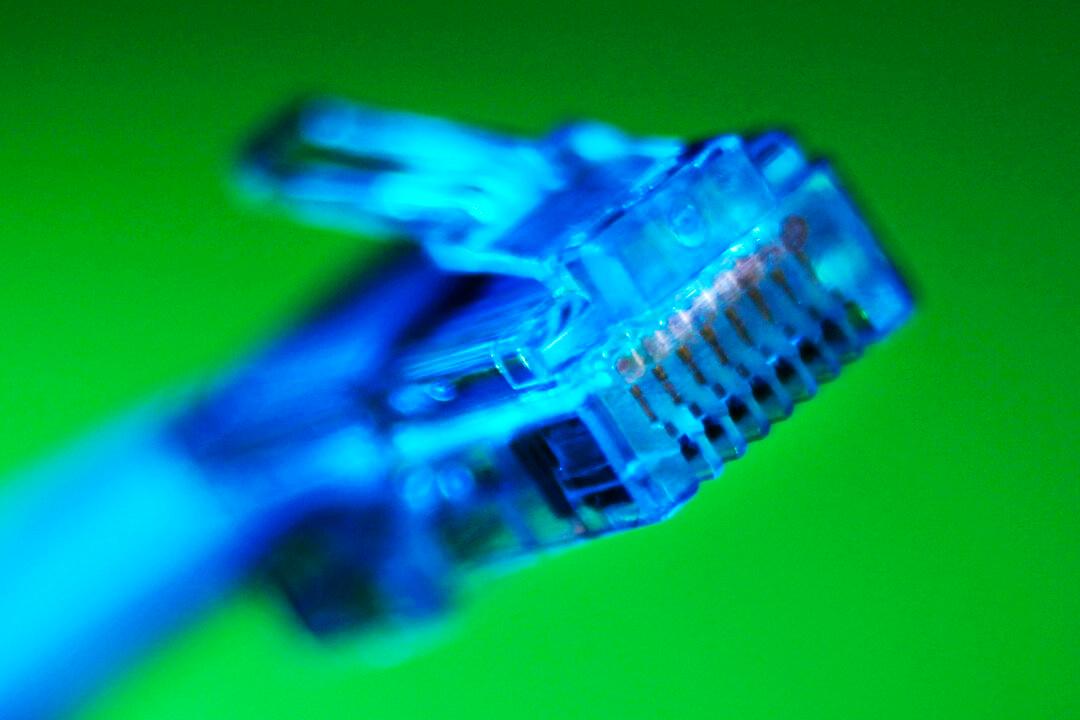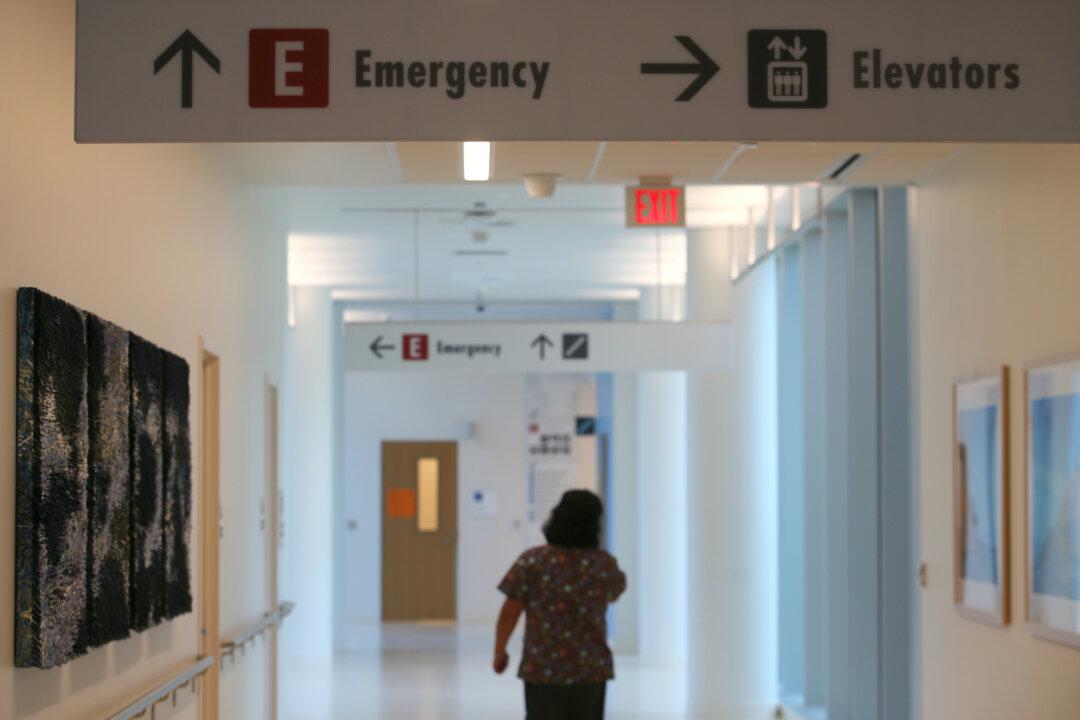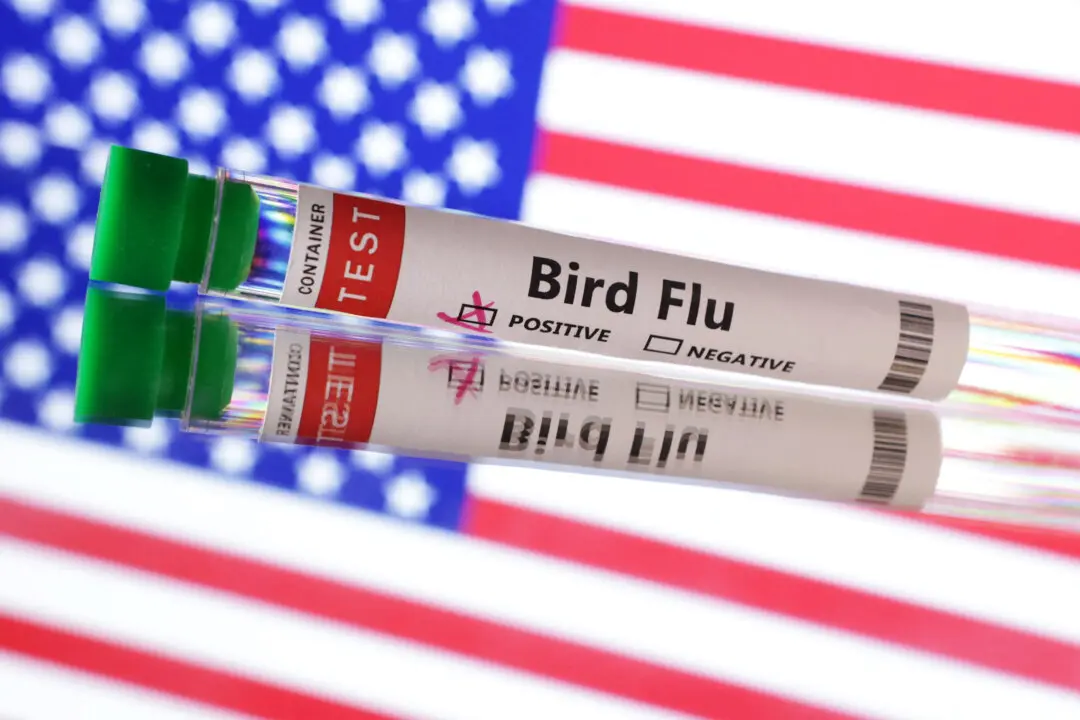SYDNEY—The final piece of Australia’s A$137 million ($92.53 million) undersea cable to bring high-speed internet to the Solomon Islands and Papua New Guinea was laid on Aug. 28, with Canberra seeking to repulse Chinese influence in the Pacific.
Australia in 2018 agreed to fund the construction of the cable after the two Pacific islands struck deals with China’s Huawei Technologies to lay a cable via Sydney—which Canberra feared could have jeopardized its broadband network.





